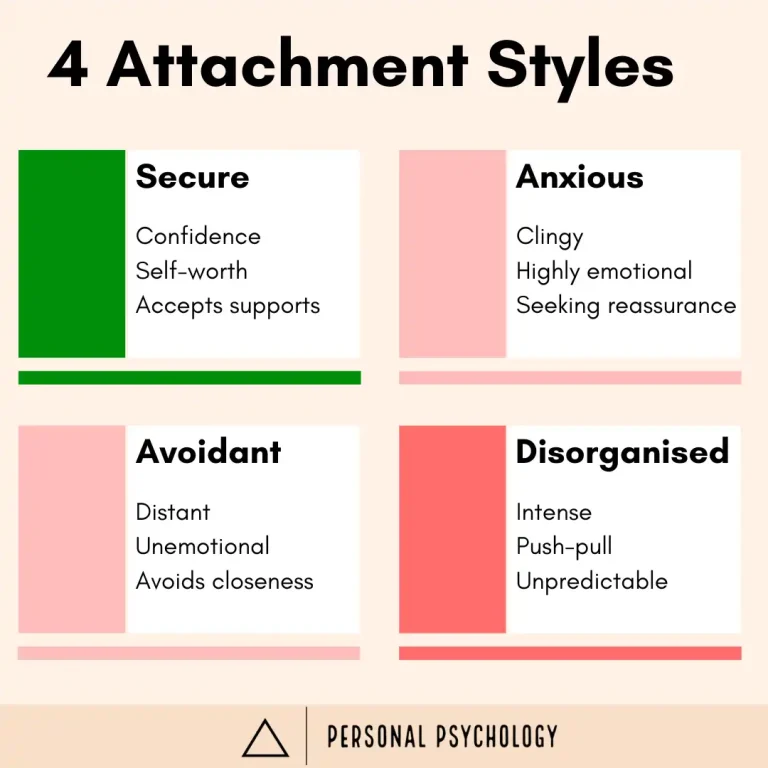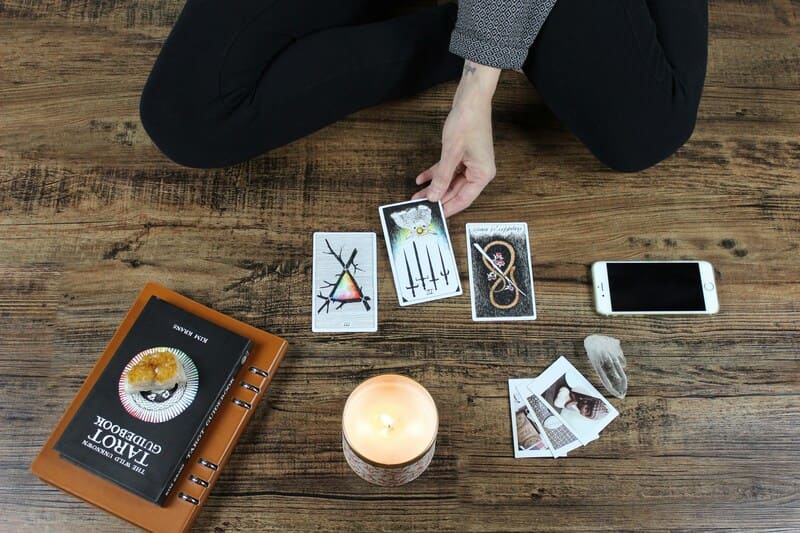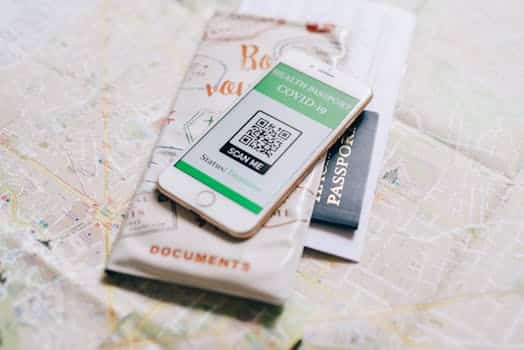Our human brains make us very complex creatures, especially regarding relationships. Experiences in early childhood, even as an infant, shape your attachment style later in life. This isn’t the only factor, of course. Experiences through life influence and change how we behave and feel, but researchers have found that it all starts in infancy.
A baby whose caregiver, typically their mother, is responsive and understands the physical needs expressed by the baby will form a secure attachment. However, if that security weren’t there, if those early experiences were scary and confusing, that would result in an insecure attachment.
What is Attachment Theory
The four attachment styles derive from Attachment Theory, which British psychologist John Bowlby pioneered. He thought the early attachment between a child and their mother or caregiver affected that individual’s life into adulthood. He was interested in the reactions of children separated from their mothers and how this caused anxiety and fear. Through his research, he showed that a caregiver who was responsive and provided for the baby’s needs created a secure attachment with that child.
In 1969, psychologist Mary Ainsworth published a study called the “Strange Situation.” They observed the response of children aged 12-18 months who were left alone briefly before being brought back to their mothers. Those responses led to the first three attachment styles: secure, ambivalent-insecure, and avoidant-insecure. In 1986, researchers added a fourth, which they called disorganized-insecure. In our research, we found that the names of each style can vary in some references.
A Secure Attachment
In the “Strange Situation” study, babies who were observed to be distressed when their mother left and comforted when she returned were identified as having a secure attachment style. With a secure attachment, the child sees their mother or caregiver as a safe and comforting presence to return to. They feel some distress when separated but are also confident they will return. They can be independent and explore, knowing they have that safety net to return to.
As an adult, those with a secure attachment style feel secure about separation from their romantic partner. Secure adults can also provide support and go to their partners for support. These relationships can be equal and honest. That isn’t to say folks with a secure attachment style are perfect. Conflict can still arise, but their security means they are more likely to take responsibility for their mistakes and to be able to work through them.
Ambivalent/Anxious Attachment
Those with this attachment style tend to feel less trust in their relationships. They’re desperate to feel security and can be clingy. They take actions to hold onto their partner but drive them away. Feeling unsure of their partner’s feelings, they take many ordinary separations as signs that they no longer want to be together.
This style can also be characterized by panic and jealousy in situations that create distance between them. They typically have a poor sense of self-worth and are needy, engaging in behaviors to exert control or manipulate their partner to stay close to them.
An individual with this attachment style had a caregiver who was inconsistent. They were present, responsive, and loving some of the time. Other times, they were more distant and unavailable emotionally. This created a lack of trust because the child doesn’t know when or if their needs will be addressed.
They’re upset when separated from their caregiver and difficult to console when they do return. If you find that this is your attachment style, the best thing to do is to seek help from a therapist. There are multiple avenues for addressing these insecurities. And, if you’re in a relationship with someone who has this attachment style, couples counseling may also help.
Avoidant/Dismissive Attachment
A person with this attachment style is distant in relationships. They position themselves as independent and do not need support. They are likely to shut down in emotional situations and not react. They’re uncomfortable with strong emotions and push off their partner’s feelings, disregarding them. They’re emotionally unavailable and uncomfortable with intimacy.
These babies had little or no reaction when their caregiver returned to them after separation. These children may have experienced abuse or neglect at the hands of their caregivers. Or they may have been punished for relying on them.
If this attachment style sounds like you, there are ways to address it. Being aware of what you’re doing is the first step. Then, be uncomfortable. Push past the desire to cut off connections. Express your emotions, though this may require practice. Over time, you’ll feel safer showing how you really feel. Let others help you. Talk to a professional, and let your loved ones know what is happening in your mind and heart.
Disorganized/Fearful Attachment
This attachment style is characterized by feeling both a desire to be close to someone and a fear of being close to them. The individual typically feels unworthy of being loved but deeply needs that closeness. They struggle to be open and express their emotions, can be insensitive to their partner, and are antisocial.
They may be afraid they will be hurt if they allow someone in. As a child, this person may have had an inconsistent parent. That parent may have had unresolved trauma of their own. The child may have experienced trauma or abuse. Typically, the child desired connection with their caregiver and feared them.
In Conclusion
If any of the signs mentioned sound familiar, a professional can help. Seeking support is a very positive first step if you can. Keeping a journal is a way to explore what’s happening with you. You can privately express your thoughts and begin to reflect to gain control. Be kind to yourself, too.
You’ve been through some things, and it wasn’t your fault. You deserve to be loved. This isn’t at all comprehensive. There’s too much information for one article. But we’ve shared some helpful links throughout to lead you to more resources. And if you need help, reach out. You’re worth it.










